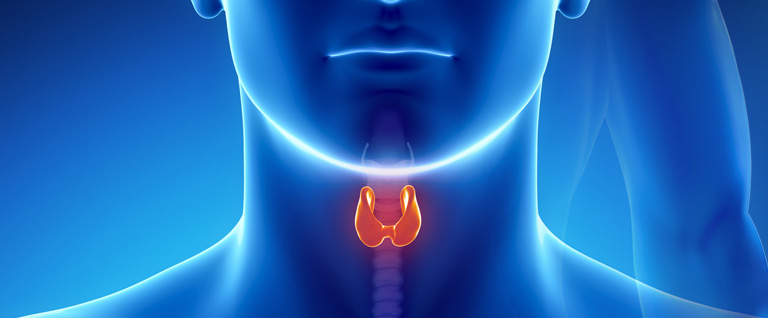Endocrinology
Kratak opis: Lorem Ipsum is simply dummy text of the printing and typesetting industry.
Kratak opis: Lorem Ipsum is simply dummy text of the printing and typesetting industry.

Hormones regulate almost all bodily functions, from reproduction, through growth and development, to responses to stress. Tesla Medical has top internists-endocrinologists, specialists in glandular disorders, and diseases resulting from these disorders – diabetes, increased or decreased thyroid function, infertility, metabolic disorders, heart disease, osteoporosis, obesity…
WHAT IS EXAMINATION OF THE INTERNIST ENDOCRINOLOGIST?
The doctor of internal medicine specialists, the subspecialist of endocrinology, deals with gastrointestinal diseases. The review starts with an anamnesis, or a discussion with a patient. The endocrinological examination is completely painless, lasting for an average of 20-30 minutes and, if necessary, longer.
Review includes:
Physical examination includes: Inspection – observation (for example, the skin of the arms and legs in order to seek changes that can be due to long-term diabetes), palpation – touching (for example, the thyroid glands in order to detect changes in size or the presence of nodes) and auscultation (listening) Stethoscope is listening to the heart, lungs, bowel movements and large blood vessels.
You need to bring all your previous medical records (if any) with you and do all the laboratory analyzes that your endocrinologist has ordered you to do.
If you experience any of the following disorders, there may be a need to perform an examination with an internal endocrinologist:
WHAT IS ULTRASOUND EXAMINATION OF THYROID GLAND?
Ultrasound examination of the thyroid gland is a non-invasive diagnostic method which, with the help of ultrasonic waves, provides data on the size, structure and projection of the thyroid gland. The review lasts 15-20 minutes.
INDICATIONS / WHY IT IS DONE?
HOW IT IS PERFORMED?
The review lasts 15-20 minutes. The patient is on the bed for examination, after which the doctor puts a special gel on the surface of the ultrasound probe. The probe is a small plastic device that sends and receives ultrasound waves and is placed on the patient’s neck. Gel has the role of improving the conductivity of ultrasonic waves and eliminating air between the skin and the probe.
POTENTIAL RISKS
Ultrasound imaging of the thyroid gland is a completely safe and painless method that does not carry any risk.
PREPARATION
No need to prepare for recording.
Oral Glucose Tolerance Test (OGTT)
A sugar test (glucose) or a glucose tolerance test is a test that evaluates the response of the organism to oral glucose. It represents the measurement of glucose concentration in serial samples before and after glucose consumption. It takes 2-3 hours for the test to be performed.
INDICATIONS / WHY IT IS DONE?
HOW IT IS PERFORMED?
The glucose load test takes place in several stages. When you arrive at Tesla Medical a member of our medical team will take your venous blood sample (the glucose concentration in this sample is the concentration of glucose after starvation).
OGTT test (in order to detect glucose metabolism disorders)
Screening (early detection) of gestational diabetes
PREPARATION
AFTER TESTING
After the test you can return to your usual daily activities.
WHAT IS FINE NEEDLE ASPIRATION BIOPSY?
Needle biopsy of the thyroid gland is a procedure that takes a small part of the thyroid tissue to be examined under a microscope and sets the final diagnosis of the disease or changes to this gland. The procedure lasts about 30 minutes.
INDICATIONS / WHY IT IS DONE?
HOW IT IS PERFORMED?
POTENTIAL RISKS
PREPARATION
